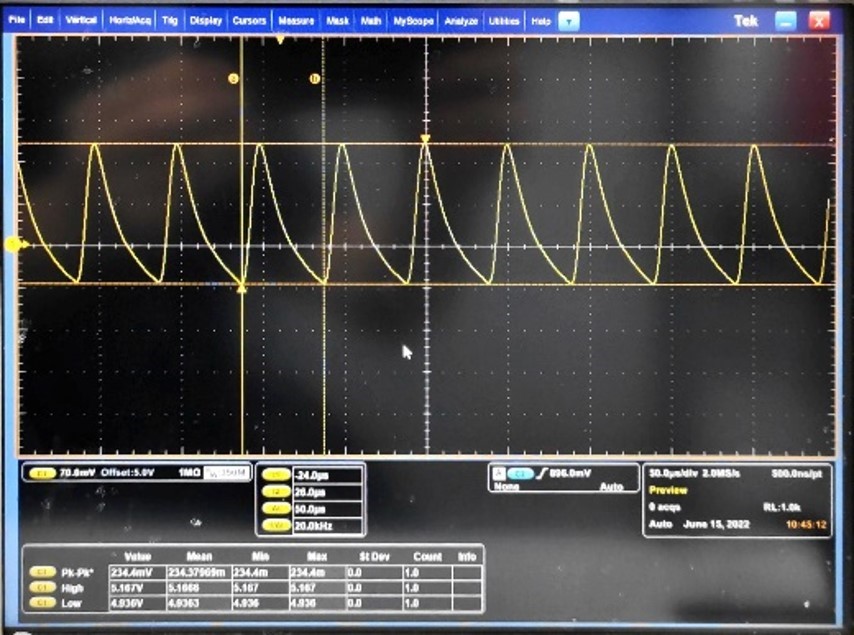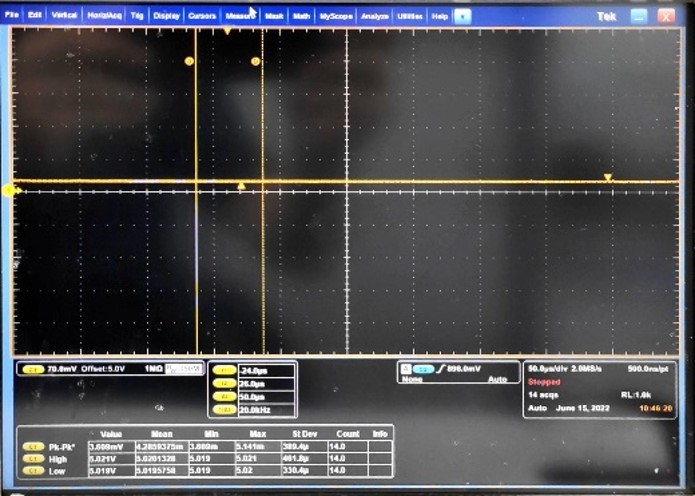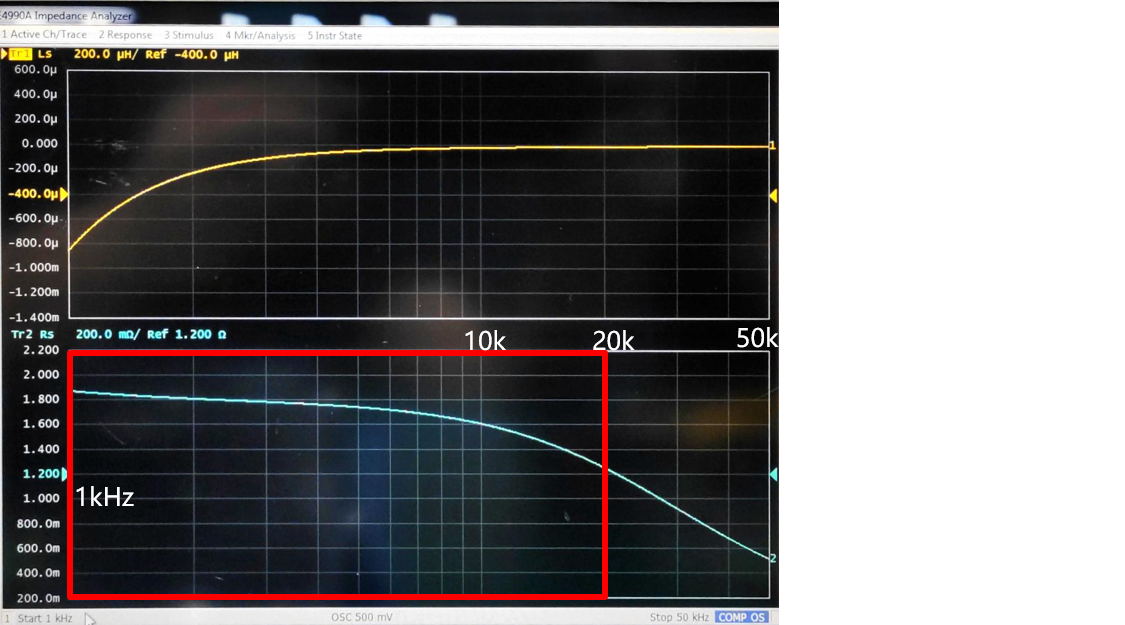Dear team,
My customer use our TLE4275-Q1, and they found some strange phenomenon. For some chips, the output has 234mV ripple as the second picture. When they remove TLE4275's all load, the ripple disappears.
TLE4275-Q1 has several loads including LDO, resistors and capacitors. It seems that this load will make TLE4275-Q1 unstable. Could you please help provide the debug solution?

with load

without load

In addition, there is a ESR vs load capacitor waveform in our datasheet. Could you please tell me how to test the ESR? My customer test the resistance between OUT pin and GND pin directly. And they found that the resistance is 1ohm when all load is connected; and resistance is 2ohm when they disconnected all load. Is this test method correct? If so, my customer is also considering the ripple is related with the ESR.

Thanks & Best Regards,
Sherry



